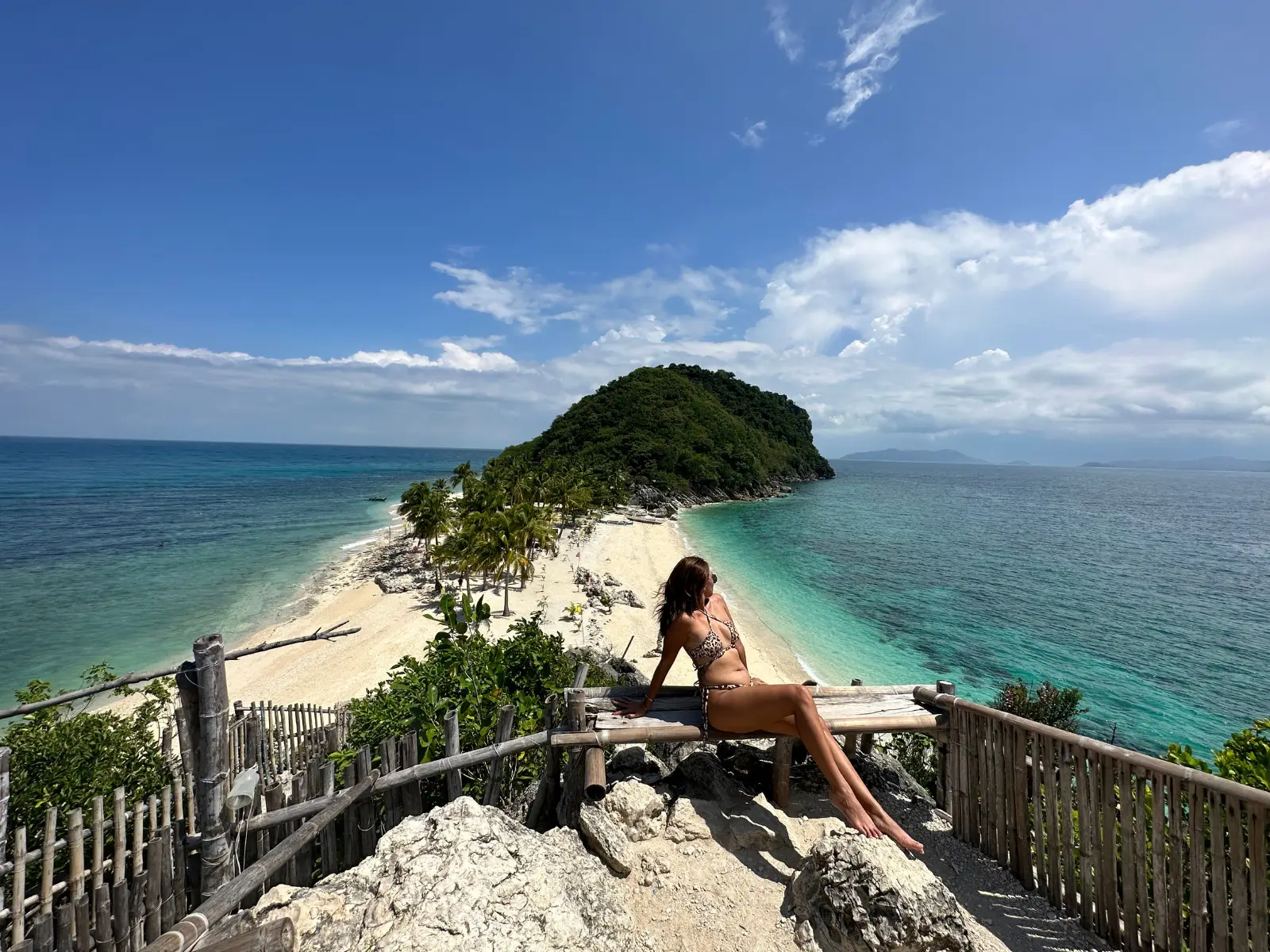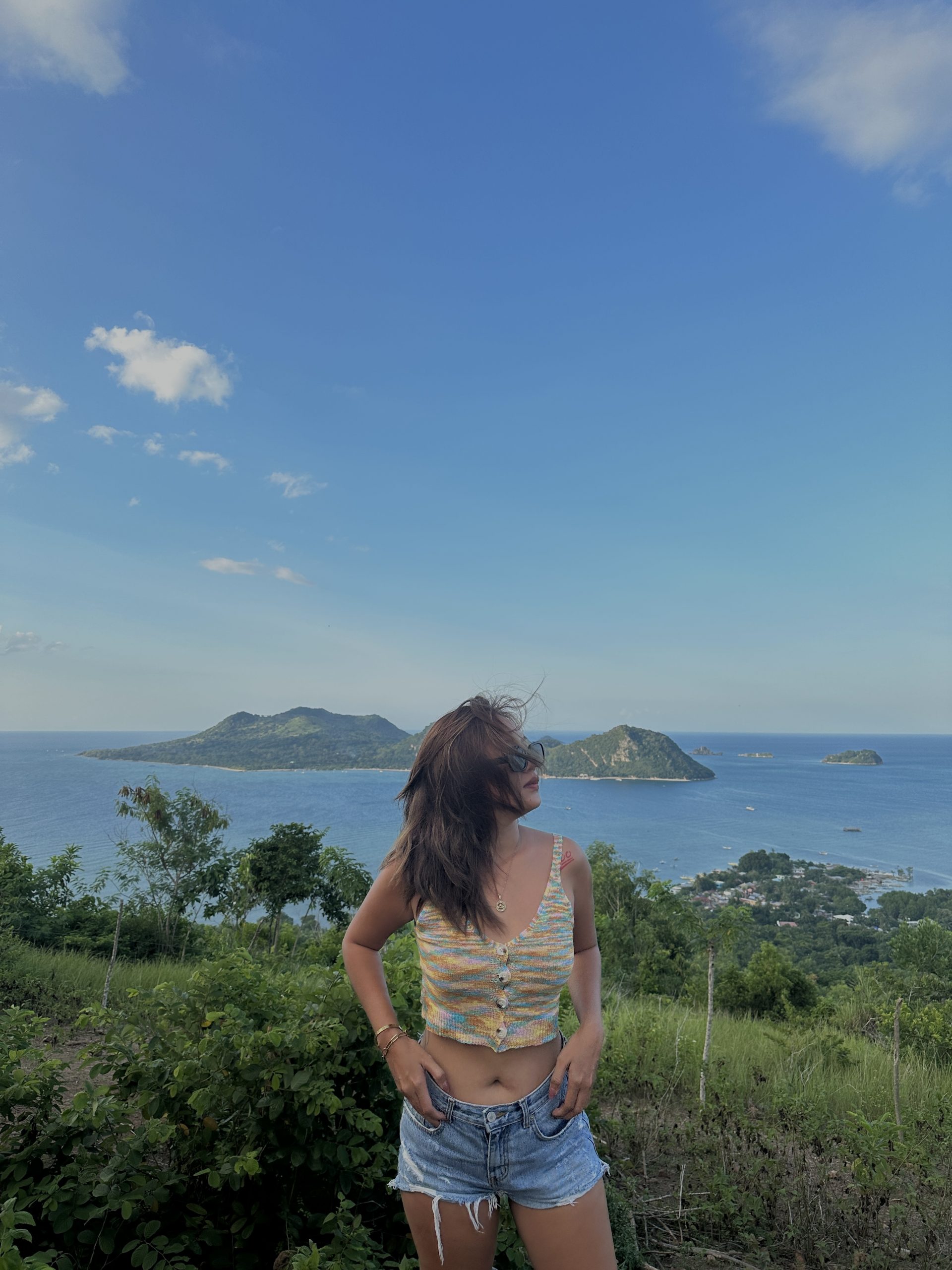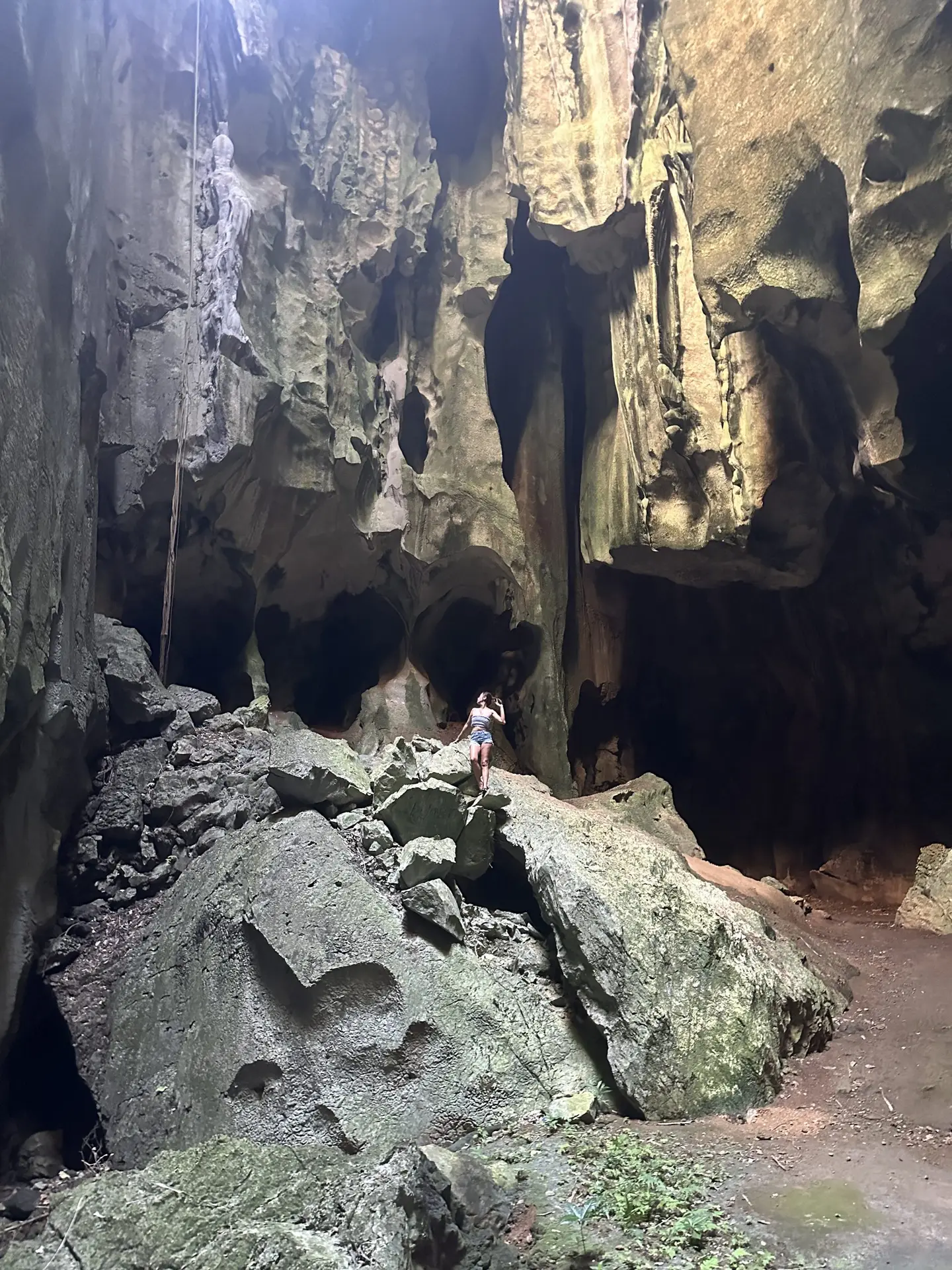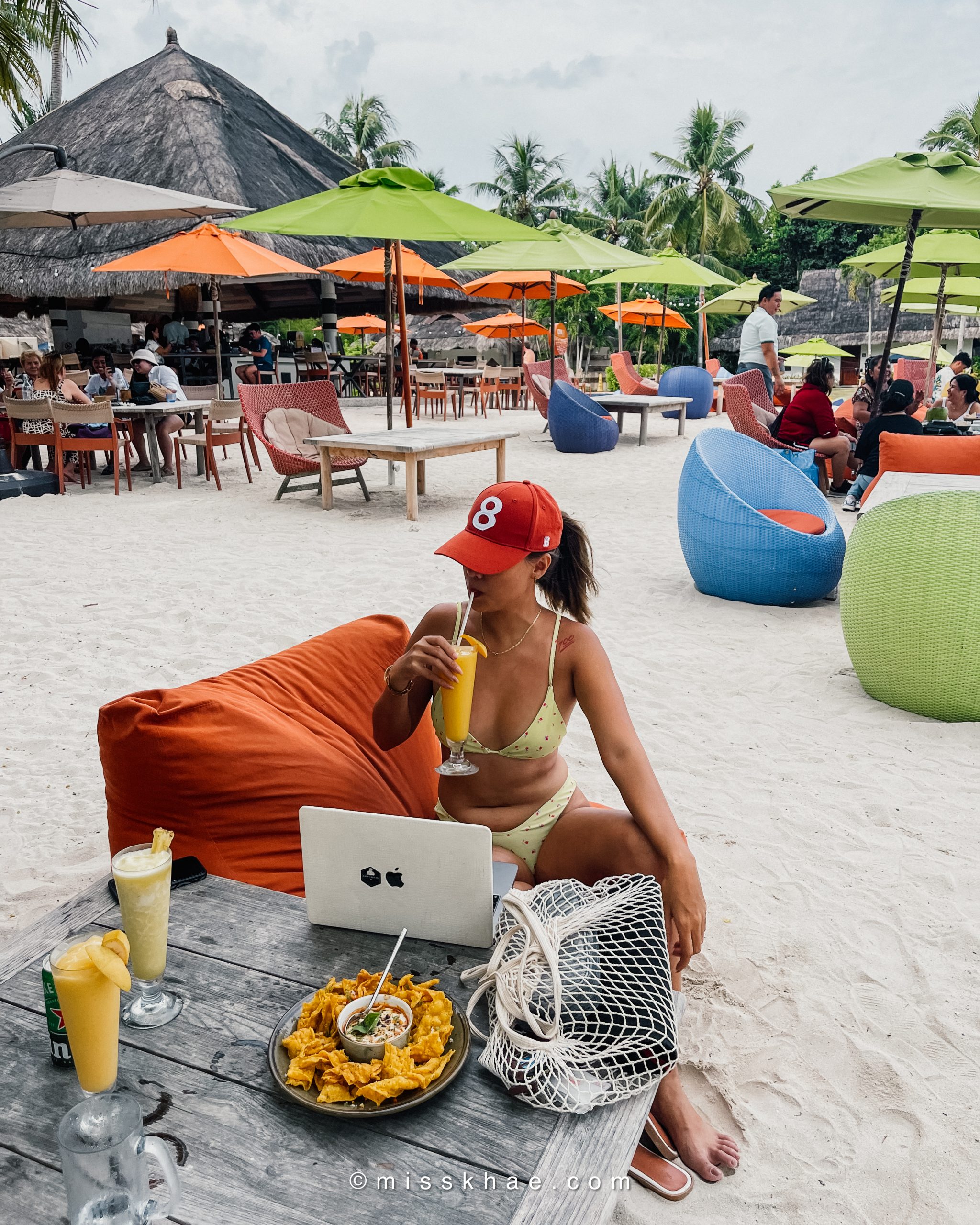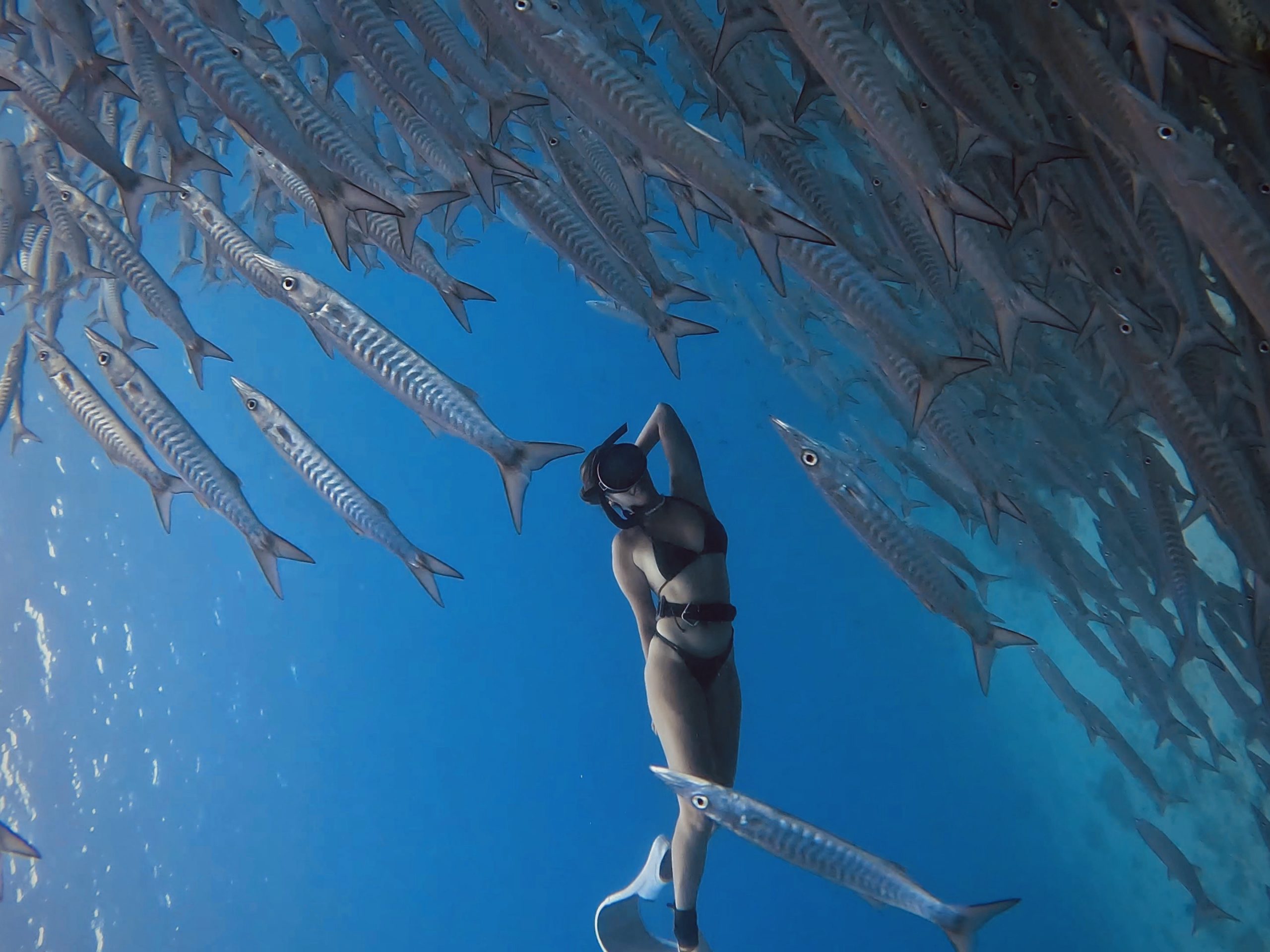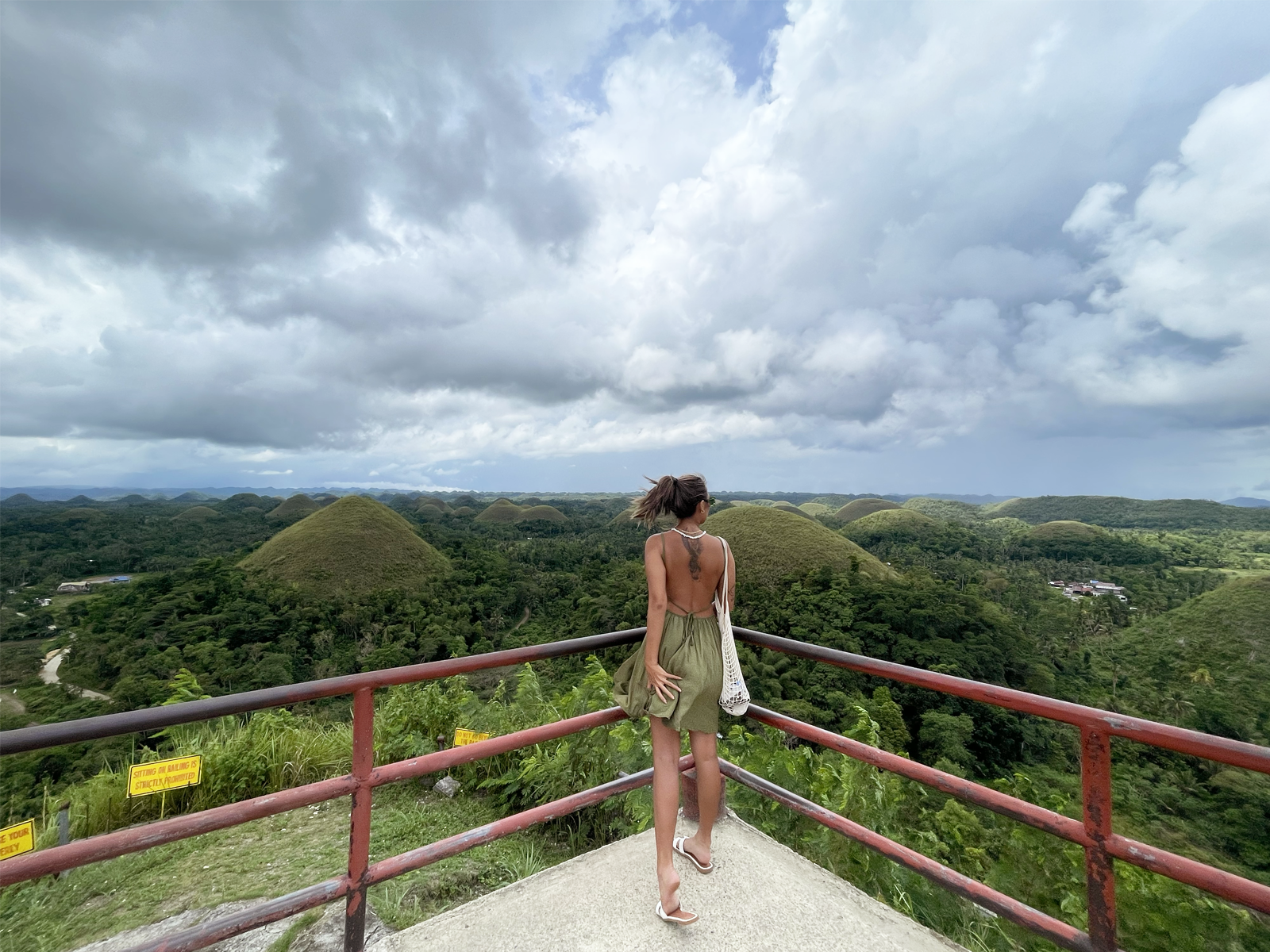GIGANTES ISLAND TRAVEL GUIDE: Island Hopping, Best Things To Do, & Itinerary
One of the real gems in Iloilo province, Gigantes Island is a laidback island with rich marine life and many small islands for sightseeing. I’ve stayed in multiple islands like Siquijor, Panglao, Camiguin, Siargao, and Coron — but I’ve never been to an island like Isla de Gigantes that literally made me appreciate simple living.
With no electricity after 6:00 pm, Gigantes Island has forced me into social media detox, reduced screen time activity, and just value the time to talk with people.
This Gigantes Island travel guide is based on my own experience last September 2025, with some hindsight realization that simple living is also a luxury.
3 BEST THINGS TO DO IN GIGANTES ISLAND
Here are the best things to do when you visit Gigantes Island.
ISLAND HOPPING TOUR
This is the heart and soul of the Gigantes experience. You’ll rent a boat, usually shared with a group of other travelers, and spend the day jumping from one postcard-perfect location to the next. The tour is usually a full day, and honestly, the sheer variety of sights—from tiny sandbars to towering cliffs—makes it one of the most value-for-money island tours I’ve ever taken in the Philippines.
CABUGAO GAMAY - The Most Famous Island in Gigantes
This is the iconic view you see on all the postcards—a tiny, picturesque island with a hill of green on one end and a gorgeous white sandbar connecting it to a few coconut trees.

Here, tourists can climb the limestone cliff through the stairs for a photo. Each group may stay in the viewing deck for 5 to 7 minutes to give others the opportunity as well. We went there with only a few tourists visiting the island, so we were able to stay longer.
Cabugao Gamay Expenses
- Entrance Fee – ₱50.00/head
- Overnight Fee – ₱350.00/head
ANTONIA ISLAND
Antonia is a perfect lunch stop and beach bumming spot.

It features a beautiful stretch of white sand and those unique, massive karst limestone boulders that look like natural, jagged sculptures placed perfectly by the sea. The water here is incredibly calm and clear—it’s the ideal place to just lay your mat down, relax after all the boat ride bouncing, and maybe do a little snorkeling right off the beach.
BANTIGUE SANDBAR
This is the island of low tide magic! Bantigue is most famous for its long, serpentine white sandbar that only fully appears when the tide is out.

It literally feels like walking on water, a pristine strip of powdery sand in the middle of the sea. It’s a photographer’s dream, but you have to check the tide schedule with your guide to catch it in its full glory.
TANGKE SALTWATER LAGOON
Hidden behind towering, dramatic limestone cliffs, Tangke is a natural saltwater pool. The name “Tangke” means “tank” in Filipino, because the cliffs surround it, making it look like a natural container for the water.

You enter through a narrow gap, and suddenly you’re in a calm, emerald-colored basin. It truly felt like stepping into a hidden sanctuary, a geological masterpiece where the sea decided to take a rest.
CAVING & HIKING
The “Gigantes” name is said to come from the discovery of large human-sized coffins and bones in the caves, giving rise to the legend of giants.
Exploring these caves is a must-do if you want a dose of history and adventure beyond the beaches. Just remember to always have a local guide with you for safety and to respect these historical sites.
BAKWITAN CAVE
The name literally means “evacuation place,” and true to its name, this cave served as a refuge for the locals during strong typhoons and even during the Japanese occupation. It’s the most accessible of the caves. When I was there, I could stand near the mouth and see the shoreline—it’s very strategic! Inside, the stalactites and stalagmites are beautiful, a silent reminder of how old this island truly is.
FOOD TRIP - The Scallop Capital of Iloilo
Locals call Gigantes Norte the “Scallops Capital of Carles.” The abundance is unreal! In fact, there’s a coastal beach where the scallop shells have become like a stretch of sand that you’re setting foot on, near the whale monument. For someone used to paying hundreds of pesos for a small plate of scallops in the city, here you can buy a massive pail full for a ridiculously low price.

The other local delicacy you must try is Wasay-Wasay (Axe Oyster), an unusual-looking shellfish that tastes like a mix between an oyster and a scallop. The coastal area near the main village is indeed littered with scallop shells, testament to the island’s main industry. It’s sad to hear the stories of the compressor divers who risk so much for this abundance, but it makes you appreciate every bite even more.
Khae Santiago
Thanks for reading! ❤ I'm a solo female traveler, freediver, and coffee enthusiast sharing raw, inspiring stories from the road. I hope my adventures help spark yours! :>>



